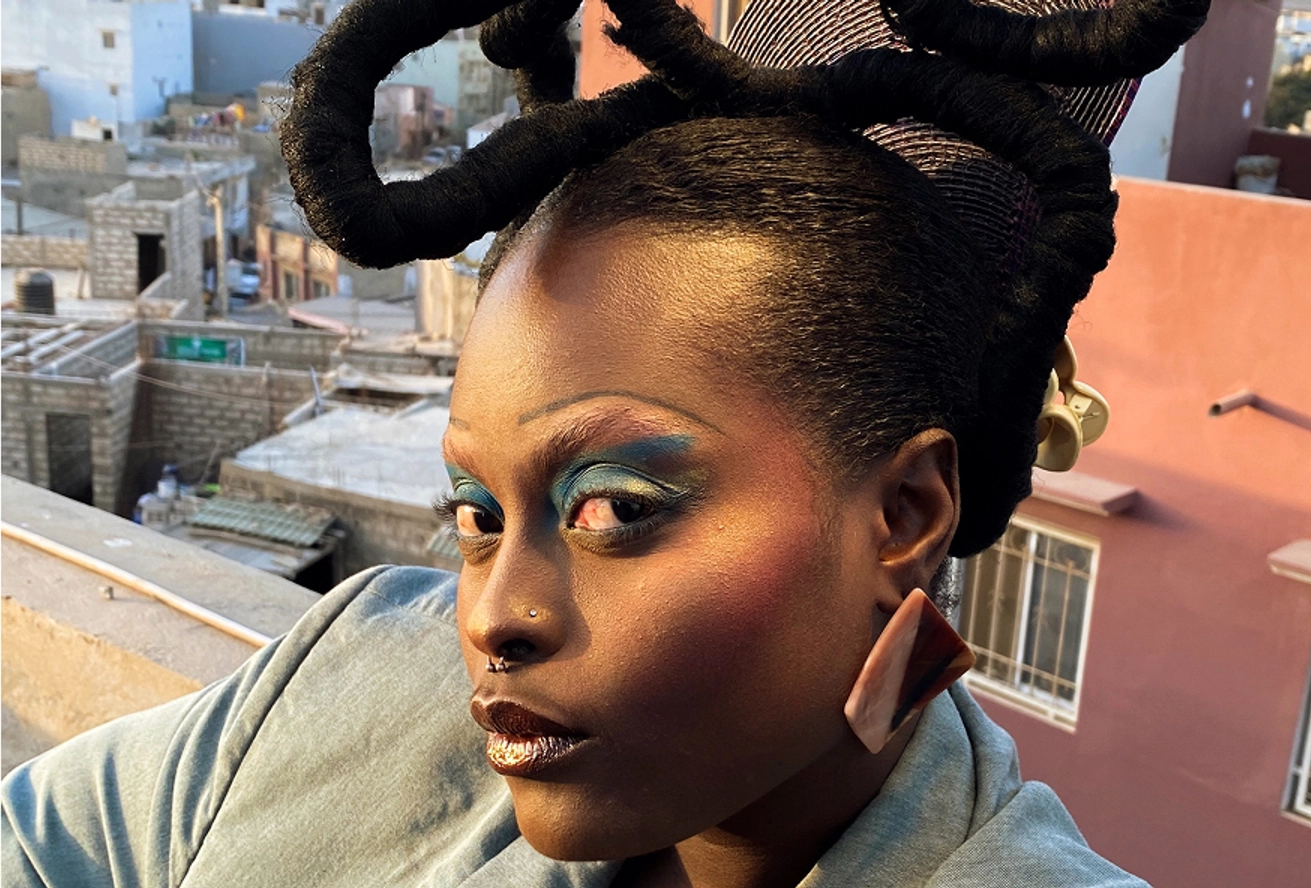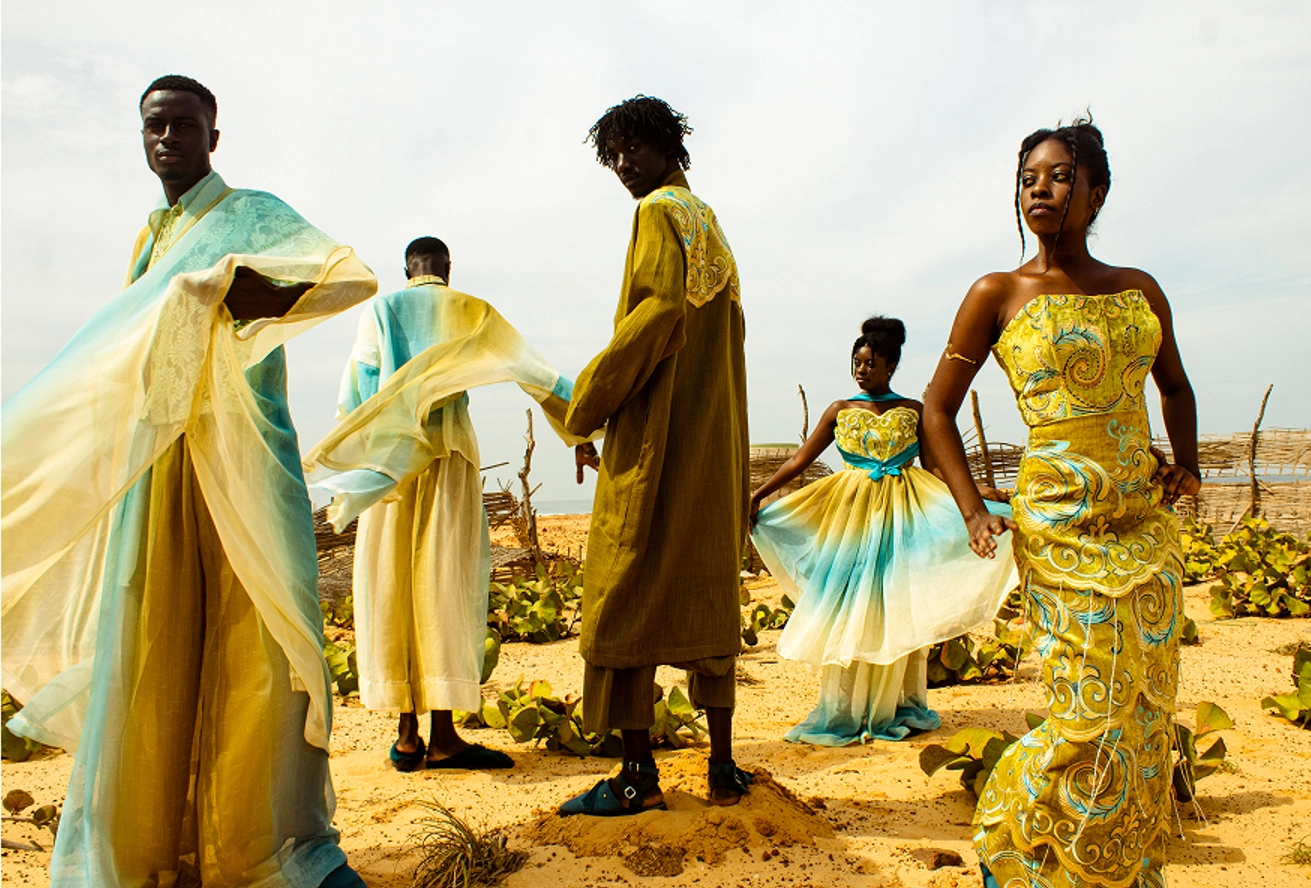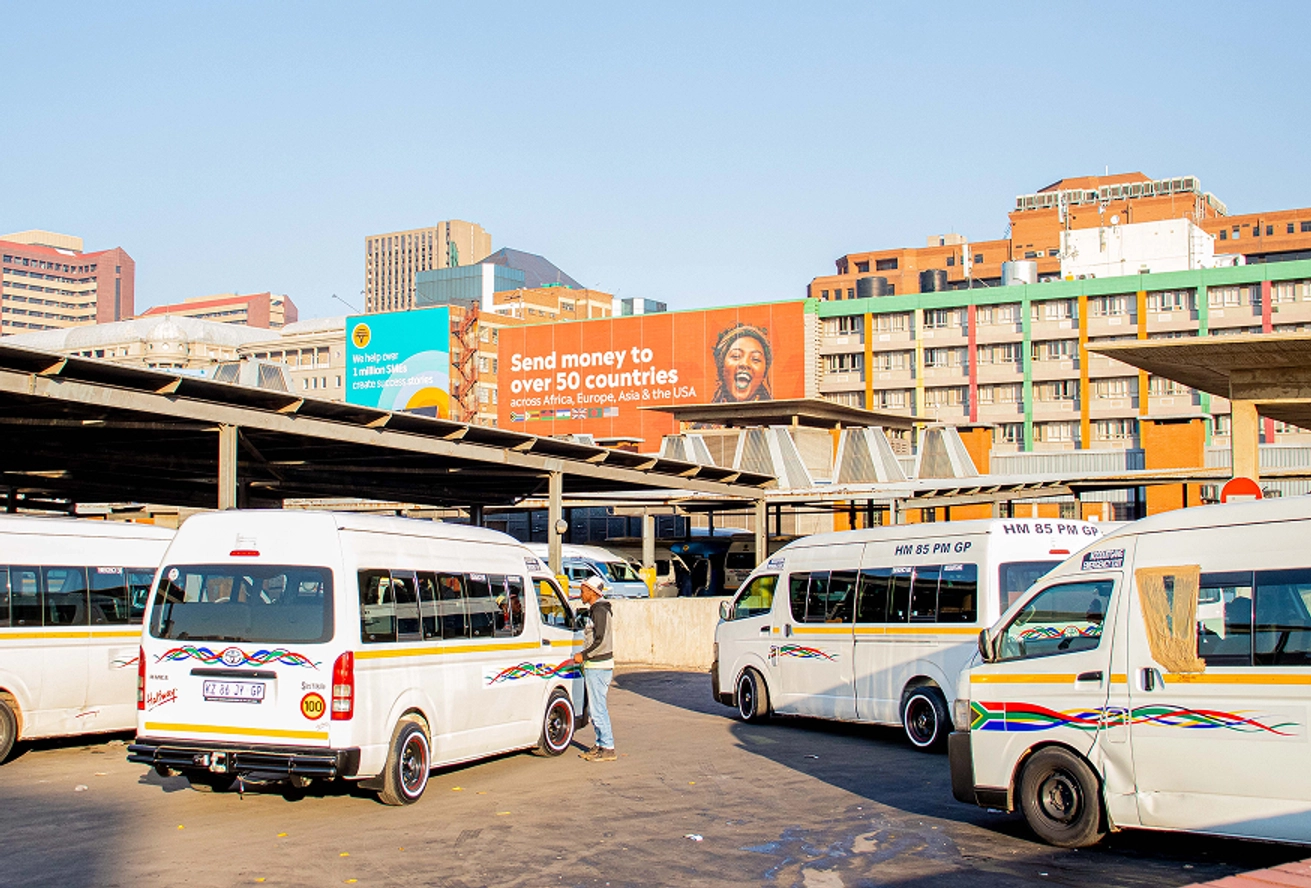Michael Ekow Dawson, known simply as Ekow, is a Ghanaian travel photographer and documentary filmmaker whose work blends visual storytelling with travel, cultural preservation and community engagement. His creative journey began in Accra but took a defining turn when he relocated to Bolgatanga in Ghana’s Upper East region, where he began pursuing deeper, human-centered narratives.
Since then, Michael has traveled extensively across all 16 regions of Ghana and beyond into West Africa, often by motorbike, documenting untold stories in remote communities. From women processing shea butter to everyday traditions that might otherwise go unseen.
He served as the official photographer and videographer for the “Around Ghana in Seven” motorbike tour, capturing demanding journeys across Ghana and into Senegal. His lens has also carried him through 10 Nigerian states, immersing himself in documenting culture, people, and the advocacy for borderless travel across the continent.
His images showcase skin tones, textures and emotions. Through his storytelling, Michael seeks not only to inspire but also to preserve Africa’s rich diversity for future generations.




























